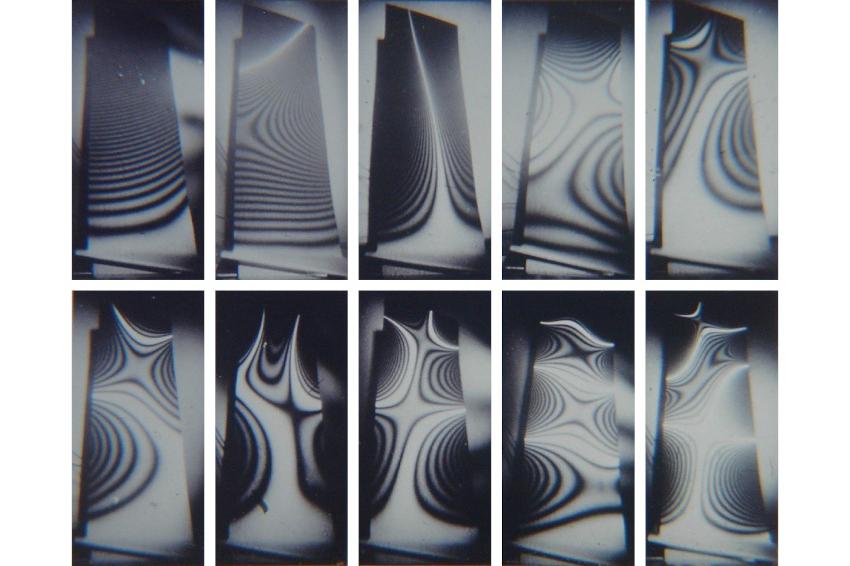The future of holographic interferometry
Holographic interferometry utilizes two unforeseen capabilities of a hologram
Holographic interferometry is the technique of measuring stress, strain, and vibration with light. It is defined by the wavelength of light, finding flaws in structural bonds. It makes full use of a hologram's ability to reproduce the optical field reflected or transmitted by an object. Holographic interferometry utilizes two unforeseen capabilities of a hologram. First, a hologram can record incoherent fields and reconstruct them coherently so that they can interfere in its reconstructed field. Secondly, a hologram can reconstruct the optical field from an object. It can be remade with such fidelity that it interferes with the original field from the object when relocated from its original position.
Now, Karl Stetson of Karl Stetson Associates has recounted the discovery of holographic interferometry, discussed its development, and itemized some of its major applications. He assessed the original experiments and what might happen in the future. Stetson was inspired by Holographic Visions: A History of New Science by Sean Johnston, yet felt a profound sense of dissatisfaction. He worked to rethink the approach to many of the experiments described in the book. It allowed him to evaluate everything with fresh eyes and test the theories.
One example was the interference fringes on the edges of specific holographic reconstructions. The author explained how his team worked together to change their methodology, compared to many decades before. They found that it was essential to assess properly how these fringes came about. Through their experimentation, the team found that it was most helpful in measuring real-time vibration on reflective surfaces.
Measuring real-time vibrations on reflective surfaces is vital for many industries. While the team first used tin cans and other simple forms, they struggled to find a sector that could take full advantage of holographic interferometry. However, the airline industry came on board very quickly, with the support of professors of acoustics. Holographic testing required a significant initial investment, adding considerable cost to products. Airlines would invest in this, as any failure would be larger than the original cost. Jet engines vibrate a lot, and high cycle fatigue is a major source of failure for the blades. They are designed to have resonances that are not excited at the rotation speeds of operation. Holography offered a way to visualize the mode shapes and confirm mathematical analyses.
The high efficiency of a jet engine depends upon the narrow gap between blade tips and the engine casing. An abradable material is bonded to the engine casings. If the rotating blades contact the casing from any deformation, they will merely scrape away some material and not break off. If there are places where the seal is not well bonded to the casing, these may be knocked out by the scraping blades and result in poorer engine efficiency. Ultrasonic noise shows disbanded areas as dark spots during holographic testing of a casing segment.
The move to digital holographic interferometry has been inevitable, given the technological developments of the last thirty years. There is no doubt that there will be further developments in this field in the future, but the Stetson cannot be sure where it will take us. (Source: LPC / CAS)







